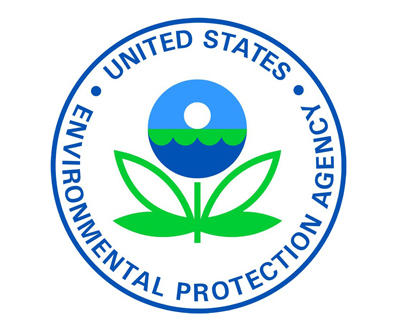The United States Environmental Protection Agency issues new rules for chloroprene emissions
Washington, DC – The U.S. Environmental Protection Agency issued a final rule that will significantly reduce toxic air pollution from chemical plants, including ethylene oxide and chloroprene. Once implemented, the rule will reduce both EtO and chloroprene emissions from covered processes and equipment by nearly 80%. A requirement for these facilities to conduct fence line monitoring for key toxic chemicals is included, and EPA will make the data publicly available to better inform and safeguard nearby communities.
This action is the latest in recent weeks to protect communities from EtO pollution, following a final rule to dramatically reduce EtO emissions from commercial sterilization facilities. Both rules advance the Biden Cancer Moonshot, a commitment to ending cancer as we know it, while advancing environmental justice in communities overburdened by toxic chemicals.
This action applies to certain equipment and processes at about 200 plants that make synthetic organic chemicals and a variety of polymers and resins, including neoprene. Once implemented, it will reduce both EtO and chloroprene emissions from covered processes and equipment by nearly 80%. Long-term exposure to these two chemicals can increase the risk of certain types of cancer, such as lymphoma, leukemia, breast cancer and liver cancer. EPA also expects the rule to better protect children, who are more exposed and more susceptible to the effects of toxic chemicals including EtO and chloroprene.
The rule also reduces additional air toxics, such as benzene, 1,3-butadiene, ethylene dichloride and vinyl chloride. By cutting emissions of these chemicals, the rule will reduce the risks of developing cancer from breathing in toxic air pollutants. In addition, the rule will reduce smog-forming volatile organic compounds by 23,700 tons a year.
The final rule will provide critical public health protections for overburdened communities near covered plants. When EPA proposed the rule, it conducted a first-of-its-kind community risk assessment to provide the public with the best possible information about existing health risks from air toxics exposure and how the proposal would affect them. That assessment examined the air toxics-related risks from all large facilities in communities within about six miles of the plants – including facilities that would not be covered by the rule – to provide a more complete picture of the air toxics-related risk in these communities. The assessment showed that the rule would reduce the number of people who have elevated air toxics-related cancer risk by 96% in those communities – and the final delivers those reductions.
Requirements in the final rule are largely the same as what EPA proposed. However, the agency made several changes to proposed requirements in response to public comments.
The final rule includes a fenceline monitoring requirements for covered processes and equipment that make, use, store or emit EtO, chloroprene, benzene, 1,3-butadiene, ethylene dichloride or vinyl chloride, as proposed, but modifies the compliance deadlines to implement these requirements. EPA had proposed to require monitoring to begin one year after the effective date of the rule. For fenceline monitoring at synthetic organic chemical manufacturing plants, the agency is setting a deadline of two years in response to comments that facilities and laboratories need additional preparation time to begin the monitoring programs. For neoprene production sources, EPA is setting a 90-day deadline for beginning fenceline monitoring of chloroprene emissions.
For all six pollutants, owners and operators must find the source of the pollution and make repairs if annual average air concentrations of the chemicals are higher than a specified action level at the fenceline. The action levels vary depending on the chemical.
To ensure the results of fence line monitoring are available to communities, EPA will make the monitoring data publicly available on its WebFIRE webpage. The fence line monitoring provisions in the final rule are modeled on similar Clean Air Act requirements for petroleum refineries first established in 2015, which have been historically successful in identifying and reducing benzene emissions.

